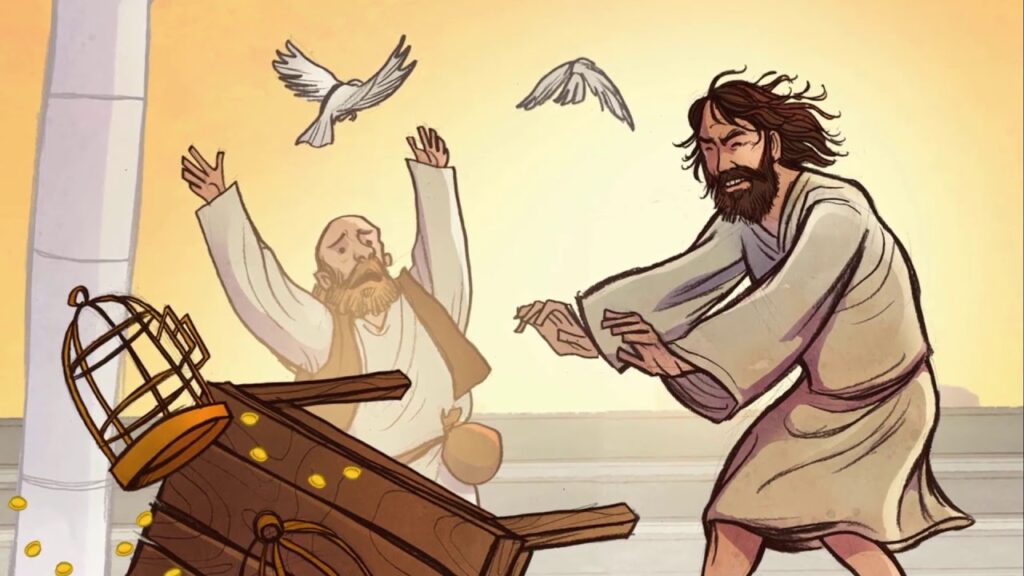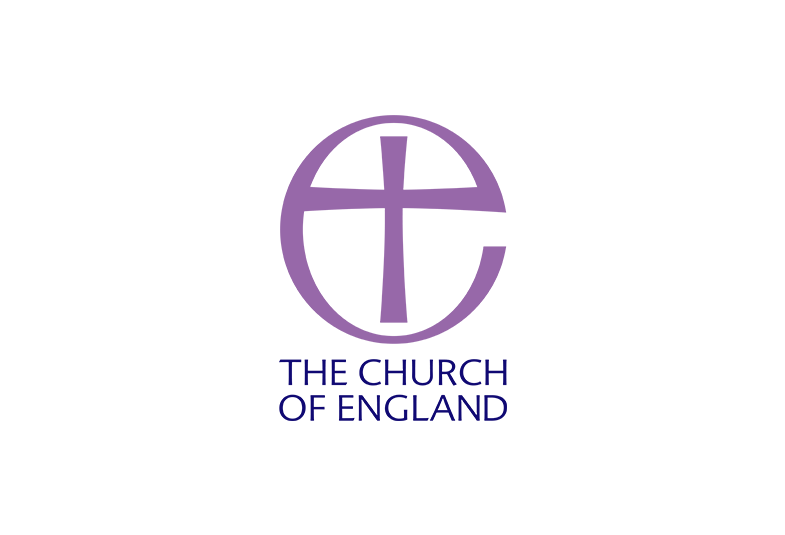Episode Five: Alarm Bells Ringing

Lambeth Palace FC have had a record 12 points deducted for financial irregularities , fielding ineligible players, match-fixing, and also having pecuniary interests in other clubs, coaches and referees. The Manager, Justin Welby, vows to fight on, knowing that as there is no relegation from this league, he can’t lose. Unless, of course, the club is stripped of its status. But with the Owner-Chairman’s deep pockets, it looks as though Mr. Nye can ensure the club stay afloat, despite the fans being in open revolt…
Gaby: Well Justin, thanks for giving us this interview. It seems that no matter what you want to do on the field, it is all about the club when your not playing matches at the moment. Would that be fair?
Welby: Well look, Gaby, I don’t really get involved in the day-to-day running of the club. The Chairman and Owner, Mr. Nye does all of that, and he’s got an excellent team of people totally under him focussing on the difficulties that are being caused by the regulators. I mean, my job is just to get results in the games, and the players are obviously committed a 100% to that. But yes, we could do with more press coverage on our upcoming games than on all of this financial stuff and match-fixing scandals.
Gaby: Well, we all hope this turns out OK, but in the meantime, your own fans continue to be very hostile to the Owner-Chairman and to you, the manager, and your, er, ahem, rather hapless assistant coach, Steve.
Welby: Well let me quash some of those rumours right there, and nip them in the bud. Steve is very happy, not hapless. We work together, and he’s always smiling, talking, laughing and doing his motivational team talk talks. In fact, he’s so committed to the motivational teams talks, I’ve known some take longer than the training session itself. He’s a great talker is Steve – one of the best. As for Mr. Nye, well he doesn’t usually bother himself with criticisms directed at his conduct, complaints or protests. He’s just not bothered by that kind of nonsense from the fans, the press or the public, and I imagine he takes the same attitude with the regulators too. I mean he owns the club, so he’s not going to be pushed around by so-called stake-holders, fan-forums or the like. He is a good listener, and he listens to me sometimes, but he’s the Chairman, and he doesn’t have to take account of other people’s views. So he does the team selection, the fixture schedule and all the other things that matter, leaving me free to manage what’s left, which is really just weekly match.
Gaby: But you haven’t commented on the fans hostility to you, Justin. I see the other day that you were advising your backroom staff to carry panic alarms, and that you have one too. Is that right? What are your afraid of here?
Welby: I’m not afraid of anything. I’ll have you know I have no fear at all. But a panic alarm is essential for health and safety these days, and our PR team made a pre-emptive announcement about the need for us to carry these now, and I’m just waiting for mine to be issued. It was really a proactive measure, designed to stem the kinds of attacks and criticism we have been facing. We’re not looking for sympathy, or trying to stigmatise aggrieved fans. It’s just that this seemed like a good way to get ahead of the story, and put the fans in the spotlight rather than me, week-by-week.
Gaby: Do you think the Chairman carries a panic alarm?
Welby: Good grief, no! It really was his idea that we were issued with them in the first place, as a kind of warning to others to stop their endless criticism and attacks. But the Chairman, as I said earlier, ignores all criticism and verbal attacks, and gets on with the running the club. He’s the owner, he calls the shots, and to be honest, he’s not going to pay any attention to a group of aggrieved fans complaining. If they don’t like where he is taking this club, the fans can always walk away and buy a season ticket at another club.
Gaby: Rather cruelly, some fans have suggested that the panic alarms are there to alert you to when Mr. Nye is in the vicinity. I know they’re pulling your leg, but it does say something about how the fans regard him, and you…
Welby: A bit of rough humour from the fans is fine by me. I saw the other day that one of Mr. Nye’s feeder clubs for Lambeth Palace FC is AFC Bishop Argyle, and some fans have suggested that AFC stands for Another Fu..[bleeped out]..ing Corrupt Bishop? But boys will be boys, I guess. Sometimes you just have to rise above the fans and accept that you can never be a perfect manager…
Gaby: So, no panic alarms going off then, but other alarm bells are ringing, are they not? In recent media interviews you fielded Jamie Harrison and Ian Paul, who are players known for their rather aggressive style of play and their robust tackling…but they’re not necessarily a good advert for the club. Harrison seemed to suggest that the club were always fully compliant with league regulations and referee decisions, and he’s clearly mistaken there.
Welby: Well, Jamie talks a good talk, but people honestly shouldn’t take him at his word. He’s just trying to get his point across, and not to be taken literally.
Gaby: ..er right, so, we should really discount most of what he says?
Welby: [low grunt of agreement; looks at his watch].
Gaby: As for Paul, well, his media comments seem to offend just about everyone. The other day he was claiming that Irish-born players faced the same kind of discrimination as black players. He also claimed that Irish players in the transfer market had just as much of a tough time as black players who in the past were often forced to play for no wages many thousands of miles from home. These comments were deemed very offensive. What do you say about that?
Welby: You make a fair point, but you know not so long ago it was pretty tough on Irish players trying to integrate into the English game. Many black players didn’t have that problem, because they just upped-sticks from Africa to play in the American and Caribbean leagues, and they didn’t have the same integration problem, as there were so many of them, and there was such solidarity in their numbers, and those football leagues could all be started from scratch, so yes, no real problems with integration there.
Gaby: I think that may be all the time we have today. Thank you. Do keep hold of that panic alarm now…you never know when Mr. Nye might be near…
Welby: …hah hah…[looks around nervously].
Gaby: Back to you in the studio, Gary.











